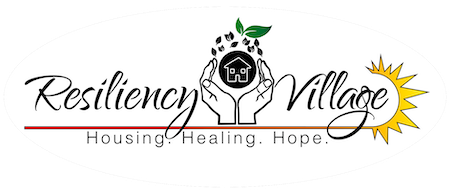Frequently Asked Questions
- Substance Abuse/Recovery Services
- Medical/Dental/Vision
- Mental Health
- Trauma Healing
- Fitness/Nutrition/Wellness/Home Economics
- Mindfulness/Meditation
- Relationship Training
- Music/Art/Drama/Writing Therapies
- Entertainment/Movies/Arts & Crafts
- Literacy/Education/Tutoring
- Financial Literacy/Tenant-Landlord Relations
- Computer Training
- Construction/Auto/Bicycle Repair
- Animal Care
- Gardening
- Nonviolent Communication Skills
- Parenting Classes
- Craft Classes
Myths vs. Truth About Homelessness (click + for truth)
Truth: According to the National Coalition for the Homeless, there are three distinct types of homelessness, each with differing causes and remedies needed.
1). Chronic Homelessness These people are likely to be entrenched in the shelter system and for whom shelters are more like long-term housing rather than an emergency arrangement. These individuals are likely to be older, and consist of the “hard-core unemployed”, often suffering from disabilities and substance abuse problems. Yet such persons represent a far smaller proportion of the population compared to the transitionally homeless.
2.) Transitional Homelessness These individuals generally enter the shelter system for only one stay and for a short period. Such persons are likely to be younger, are probably recent members of the precariously housed population and have become homeless because of some catastrophic event, and have been forced to spend a short time in a homeless shelter before making a transition into more stable housing. Over time, transitionally homeless individuals will account for the majority of persons experiencing homelessness given their higher rate of turnover.
3.) Episodic Homelessness Those who frequently shuttle in and out of homelessness are described as episodically homeless. They are most likely to be young, but unlike those in transitional homelessness, episodically homeless individuals often are chronically unemployed and experience medical, mental health, and substance abuse problems.
